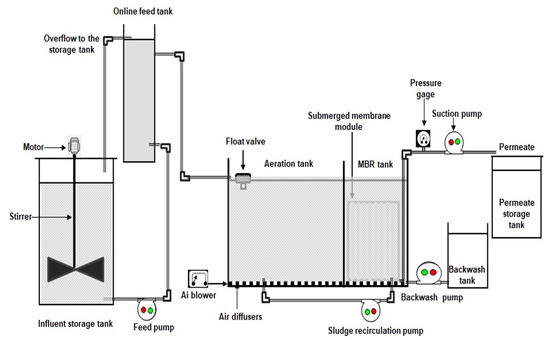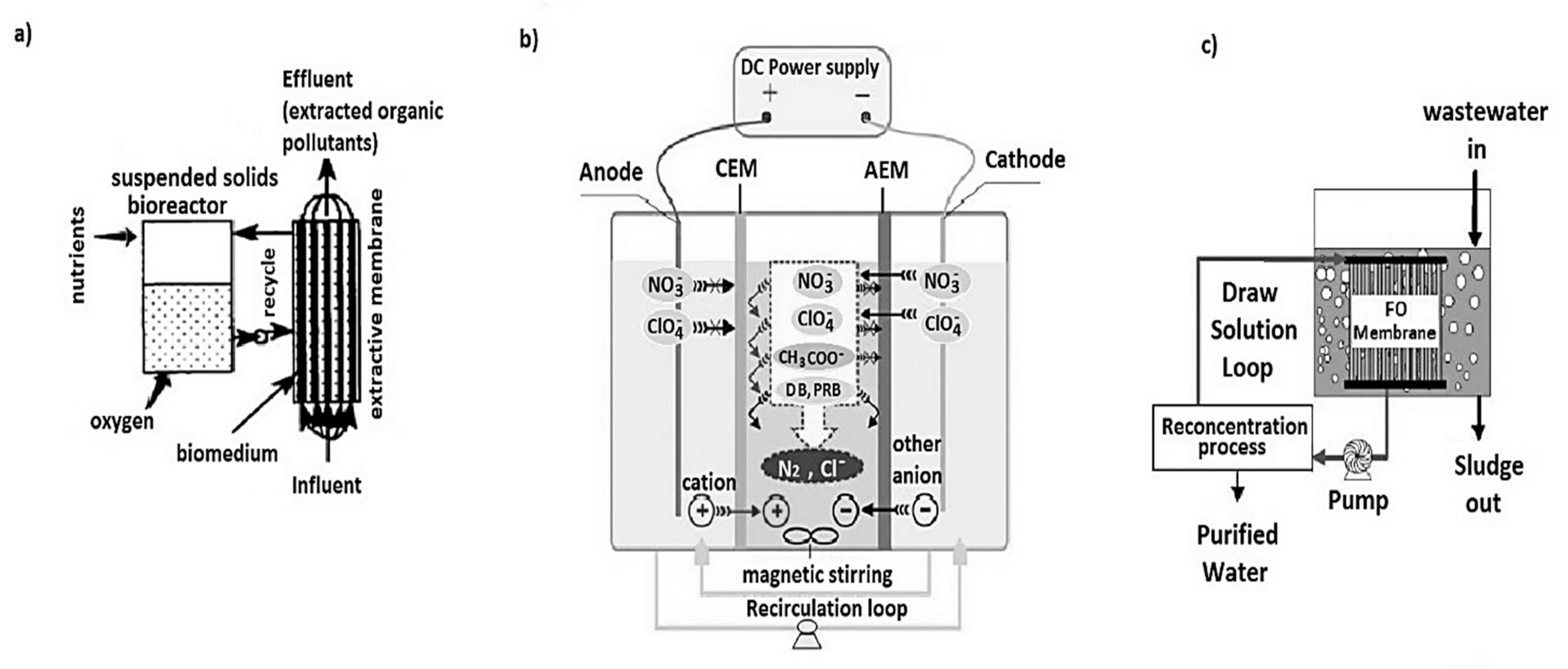How to Optimize Membrane Bioreactor Performance for Maximum Efficiency
How to Optimize Membrane Bioreactor Performance for Maximum Efficiency
Blog Article
Membrane Bioreactors Explained: Efficient Solutions for Tidy Water
Membrane bioreactors (MBRs) have arised as an innovative service for dealing with the pressing challenges of wastewater treatment - Membrane Bioreactor. By incorporating organic processes with sophisticated membrane filtration, MBRs not only boost the high quality of cured water yet additionally reduce the spatial demands of therapy centers.

What Are Membrane Layer Bioreactors?
Membrane layer bioreactors (MBRs) are innovative wastewater treatment systems that incorporate biological destruction procedures with membrane purification technology. This integration enables the reliable elimination of contaminants from water, making MBRs a favored option in numerous applications, consisting of municipal wastewater therapy and industrial effluent administration.

One of the vital benefits of MBRs is their capability to generate high-quality effluent, typically ideal for reuse in watering or industrial processes. In addition, MBRs need a smaller footprint compared to traditional therapy systems, making them optimal for metropolitan settings where area may be restricted.
Additionally, MBRs can properly deal with varying influent lots and are less prone to the effects of toxic shocks. These attributes add to their growing popularity as a sustainable service for dealing with the boosting need for tidy water while reducing environmental impacts.
Exactly How Membrane Layer Bioreactors Work
While the procedure of membrane bioreactors (MBRs) may appear complex, it basically focuses on the harmony between biological processes and membrane filtration. MBRs incorporate a biological treatment procedure, typically triggered sludge, with a membrane layer splitting up system to deal with wastewater successfully.
In an MBR system, wastewater is initial introduced right into a bioreactor where microorganisms deteriorate raw material and other impurities. The organic activity lowers the focus of pollutants while promoting the development of biomass. Following this organic treatment, the blended alcohol undergoes membrane filtration, which can be microfiltration or ultrafiltration, relying on the preferred effluent high quality.
The membranes function as a physical obstacle, permitting water and small solutes to pass while maintaining put on hold solids and larger molecules. This allows the system to maintain a high focus of biomass within the activator, improving the treatment performance.
Additionally, the constant splitting up of cured water from the biomass facilitates a portable design and lessens the impact of the treatment facility. Generally, the combination of biological degradation and membrane filtering in MBRs leads to reliable and effective wastewater therapy, guaranteeing high-grade effluent ideal for different applications.
Benefits of MBR Technology
Among the key advantages of membrane bioreactor (MBR) innovation is its capacity to generate high-quality effluent with a dramatically lowered footprint contrasted to standard wastewater treatment approaches. MBR systems effectively incorporate organic therapy and membrane purification, leading to premium removal of impurities, including suspended solids, pathogens, and raw material. This capacity leads to effluent that typically satisfies or surpasses strict regulatory standards for reuse and discharge.
Furthermore, MBR technology enables greater biomass focus, which improves the treatment performance and lowers the needed reactor quantity. This portable design is specifically advantageous in metropolitan locations where room is limited. The operational versatility of MBR systems additionally means they can adapt to varying influent high qualities and circulation prices, making them suitable for a variety of applications.
In addition, the reduced sludge production related to MBR procedures adds to decrease functional and upkeep prices. The membranes function as a physical barrier, lessening the threat of obstructing and making it possible for longer operational durations in between cleansing. Overall, the advantages of MBR technology make it an attractive service for sustainable wastewater treatment, dealing with both environmental issues their explanation and the need for efficient resource management.
Applications of Membrane Bioreactors
With their versatility and efficiency, membrane layer bioreactors (MBRs) locate applications throughout different markets, including community wastewater treatment, commercial processes, and even water reclamation. In municipal setups, MBRs supply a small service for treating wastewater, effectively getting rid of impurities while concurrently creating premium effluent that meets strict regulatory criteria. This makes them click here to find out more specifically appropriate for areas with minimal area.
In industrial applications, MBR modern technology is used for treating procedure water, especially in industries such as food and drink, pharmaceuticals, and petrochemicals. These industries profit from MBRs' capability to handle high natural tons and their effectiveness in recouping useful resources from wastewater, such as nutrients and water.
In addition, MBRs play a critical function in water recovery efforts, enabling the reuse of dealt with wastewater for irrigation, commercial procedures, or also as potable water after additional treatment (Membrane Bioreactor). Their effectiveness in getting rid of contaminants and virus makes them a reputable choice for making sure water top quality in numerous reuse applications
Future of Water Treatment Solutions
The future of water therapy services is positioned for transformative advancements driven by technical innovation and enhancing ecological awareness. As worldwide water deficiency becomes a pressing problem, new techniques, including membrane layer bioreactor (MBR) systems, are established to play a critical function in boosting the efficiency and sustainability of water treatment processes.
Arising technologies such as expert system and equipment learning are expected to optimize treatment procedures, permitting real-time surveillance and predictive maintenance. This will enhance the general dependability and performance of water therapy centers. Moreover, advancements in membrane products, such as graphene and nanofiltration, guarantee to enhance permeation rates and minimize fouling, bring about reduced power intake and functional prices.
Furthermore, the combination of renewable power resources into water treatment plants will certainly add to greener practices. The round economic situation design will also obtain traction, encouraging the recuperation of useful resources from wastewater, such official statement as nutrients and power.
Verdict

Membrane bioreactors (MBRs) have actually emerged as an advanced solution for attending to the pressing difficulties of wastewater therapy. By integrating organic procedures with sophisticated membrane layer filtration, MBRs not just improve the high quality of cured water but likewise reduce the spatial demands of therapy facilities.One of the essential benefits of membrane layer bioreactor (MBR) innovation is its capacity to generate premium effluent with a significantly decreased impact contrasted to conventional wastewater treatment techniques.With their versatility and efficiency, membrane bioreactors (MBRs) discover applications throughout various industries, including local wastewater therapy, commercial processes, and even water improvement.In final thought, membrane layer bioreactors stand for a substantial advancement in wastewater treatment technology, integrating biological processes with effective membrane filtering to create top notch effluent.
Report this page